1. Gilard M, Cornily JC, Pennec PY, Joret C, Le Gal G, Mansourati J, et al. Accuracy of multislice computed tomography in the preoperative assessment
of coronary disease in patients with aortic valve stenosis. J Am Coll Cardiol. 2006; 47:2020–2024. PMID:
16697319.
2. Cademartiri F, Mollet NR, Lemos PA, Saia F, Midiri M, de Feyter PJ, et al. Higher intracoronary attenuation improves diagnostic accuracy in MDCT
coronary angiography. AJR Am J Roentgenol. 2006; 187:W430–W433. PMID:
16985117.
3. Becker CR, Hong C, Knez A, Leber A, Bruening R, Schoepf UJ, et al. Optimal contrast application for cardiac 4-detector-row computed
tomography. Invest Radiol. 2003; 38:690–694. PMID:
14566178.
4. Fei X, Du X, Yang Q, Shen Y, Li P, Liao J, et al. 64-MDCT coronary angiography: phantom study of effects of vascular
attenuation on detection of coronary stenosis. AJR Am J Roentgenol. 2008; 191:43–49. PMID:
18562723.
5. Bae KT, Heiken JP, Brink JA. Aortic and hepatic contrast medium enhancement at CT. Part I. Prediction
with a computer model. Radiology. 1998; 207:647–655. PMID:
9609886.
6. Bae KT, Heiken JP, Brink JA. Aortic and hepatic peak enhancement at CT: effect of contrast medium
injection rate--pharmacokinetic analysis and experimental porcine model. Radiology. 1998; 206:455–464. PMID:
9457200.
7. Fleischmann D, Hittmair K. Mathematical analysis of arterial enhancement and optimization of bolus
geometry for CT angiography using the discrete fourier transform. J Comput Assist Tomogr. 1999; 23:474–484. PMID:
10348458.
8. Fleischmann D, Rubin GD, Bankier AA, Hittmair K. Improved uniformity of aortic enhancement with customized contrast medium
injection protocols at CT angiography. Radiology. 2000; 214:363–371. PMID:
10671582.
9. Awai K, Hiraishi K, Hori S. Effect of contrast material injection duration and rate on aortic peak time
and peak enhancement at dynamic CT involving injection protocol with dose tailored to
patient weight. Radiology. 2004; 230:142–150. PMID:
14695390.
10. Bae KT, Seeck BA, Hildebolt CF, Tao C, Zhu F, Kanematsu M, et al. Contrast enhancement in cardiovascular MDCT: effect of body weight, height,
body surface area, body mass index, and obesity. AJR Am J Roentgenol. 2008; 190:777–784. PMID:
18287452.
11. Kondo H, Kanematsu M, Goshima S, Tomita Y, Kim MJ, Moriyama N, et al. Body size indexes for optimizing iodine dose for aortic and hepatic
enhancement at multidetector CT: comparison of total body weight, lean body weight, and
blood volume. Radiology. 2010; 254:163–169. PMID:
20019137.
12. Nakaura T, Awai K, Yanaga Y, Namimoto T, Utsunomiya D, Hirai T, et al. Low-dose contrast protocol using the test bolus technique for 64-detector
computed tomography coronary angiography. Jpn J Radiol. 2011; 29:457–465. PMID:
21882087.
13. Imai E, Horio M, Nitta K, Yamagata K, Iseki K, Tsukamoto Y, et al. Modification of the Modification of Diet in Renal Disease (MDRD) study
equation for Japan. Am J Kidney Dis. 2007; 50:927–937. PMID:
18037093.
14. Matsuo S, Imai E, Horio M, Yasuda Y, Tomita K, Nitta K, et al. Collaborators developing the Japanese equation for estimated GFR. Revised equations for estimated GFR from serum creatinine in
Japan. Am J Kidney Dis. 2009; 53:982–999. PMID:
19339088.
15. Hendel RC, Patel MR, Kramer CM, Poon M, Hendel RC, Carr JC, et al. ACCF/ACR/SCCT/SCMR/ASNC/NASCI/SCAI/SIR 2006 appropriateness criteria for
cardiac computed tomography and cardiac magnetic resonance imaging: a report of the
American College of Cardiology Foundation Quality Strategic Directions Committee
Appropriateness Criteria Working Group, American College of Radiology, Society of
Cardiovascular Computed Tomography, Society for Cardiovascular Magnetic Resonance,
American Society of Nuclear Cardiology, North American Society for Cardiac Imaging,
Society for Cardiovascular Angiography and Interventions, and Society of Interventional
Radiology. J Am Coll Cardiol. 2006; 48:1475–1497. PMID:
17010819.
16. Kidoh M, Nakaura T, Awai K, Utsunomiya D, Sakaino N, Harada K, et al. Compact-bolus dynamic CT protocol with a test bolus technique in 64-MDCT
coronary angiography: comparison of fixed injection rate and duration
protocol. Jpn J Radiol. 2013; 31:115–122. PMID:
23196822.
17. Awai K, Kanematsu M, Kim T, Ichikawa T, Nakamura Y, Nakamoto A, et al. The optimal body size index with which to determine iodine dose for hepatic
dynamic CT: a prospective multicenter study. Radiology. 2016; 278:773–781. PMID:
26356063.
18. Fleischmann D. How to design injection protocols for multiple detector-row CT angiography
(MDCTA). Eur Radiol. 2005; 15(Suppl 5):E60–E65. PMID:
18637231.
19. Masuda T, Funama Y, Imada N, Sato T, Yamagami T, Tatsugami F, et al. Prediction of aortic enhancement on coronary CTA images using a test bolus
of diluted contrast material. Acad Radiol. 2014; 21:1542–1546. PMID:
25442352.
20. Bae KT. Intravenous contrast medium administration and scan timing at CT:
considerations and approaches. Radiology. 2010; 256:32–61. PMID:
20574084.
21. Svensson A, Ripsweden J, Rück A, Aspelin P, Cederlund K, Brismar BT. Heart rate variability and heat sensation during CT coronary angiography:
low-osmolar versus iso-osmolar contrast media. Acta Radiol. 2010; 51:722–726. PMID:
20568977.
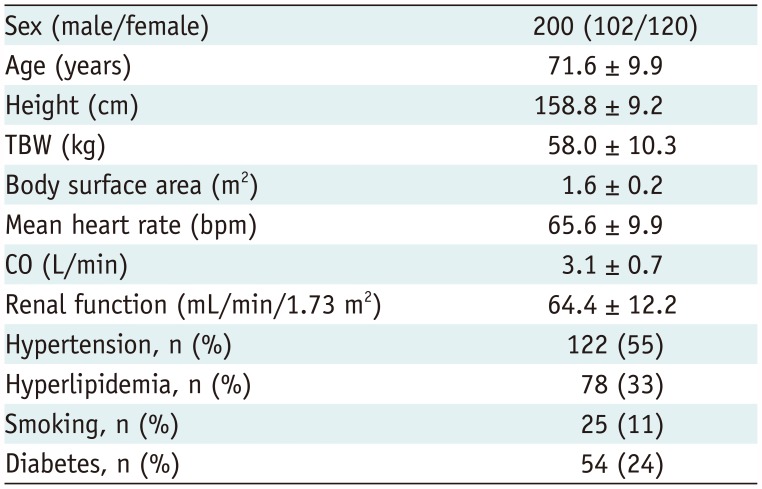
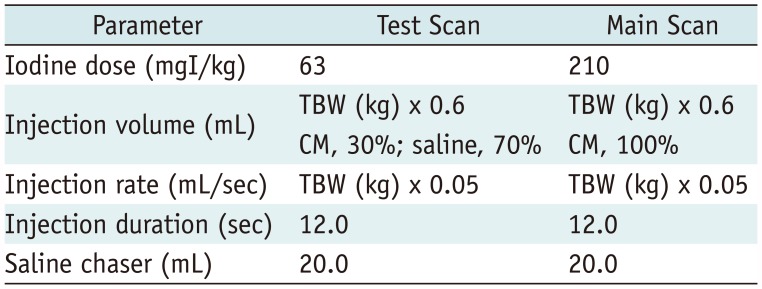
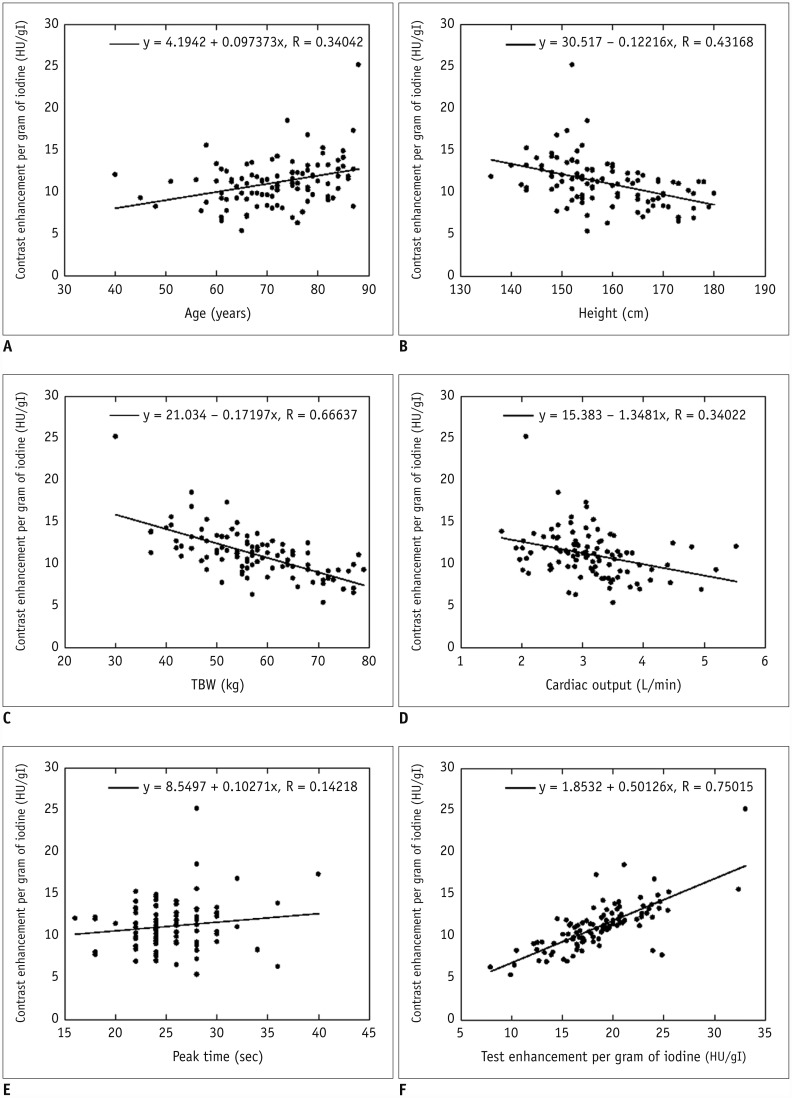

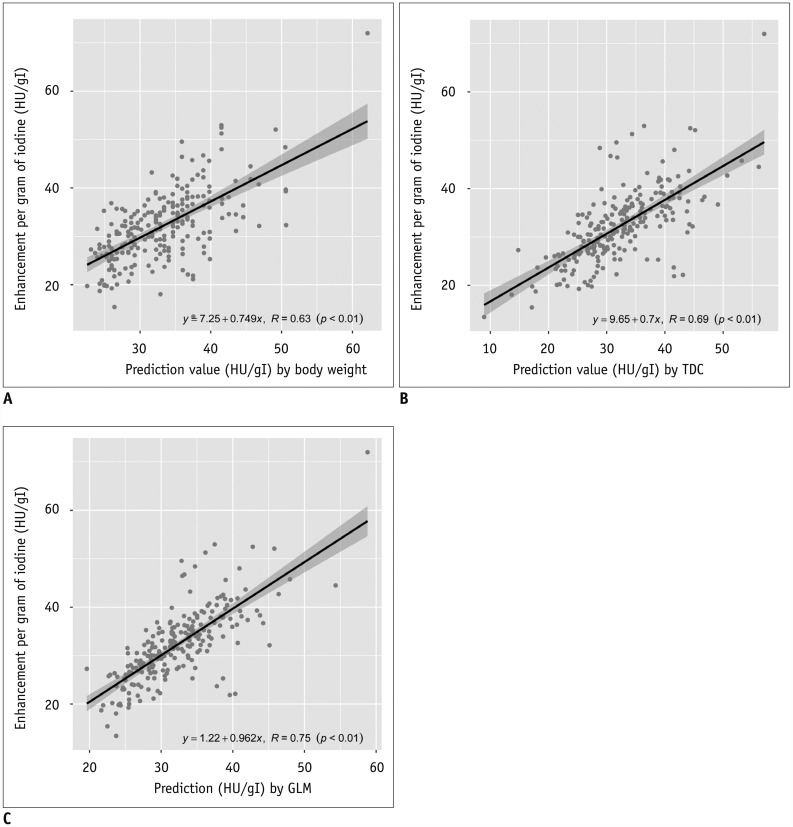
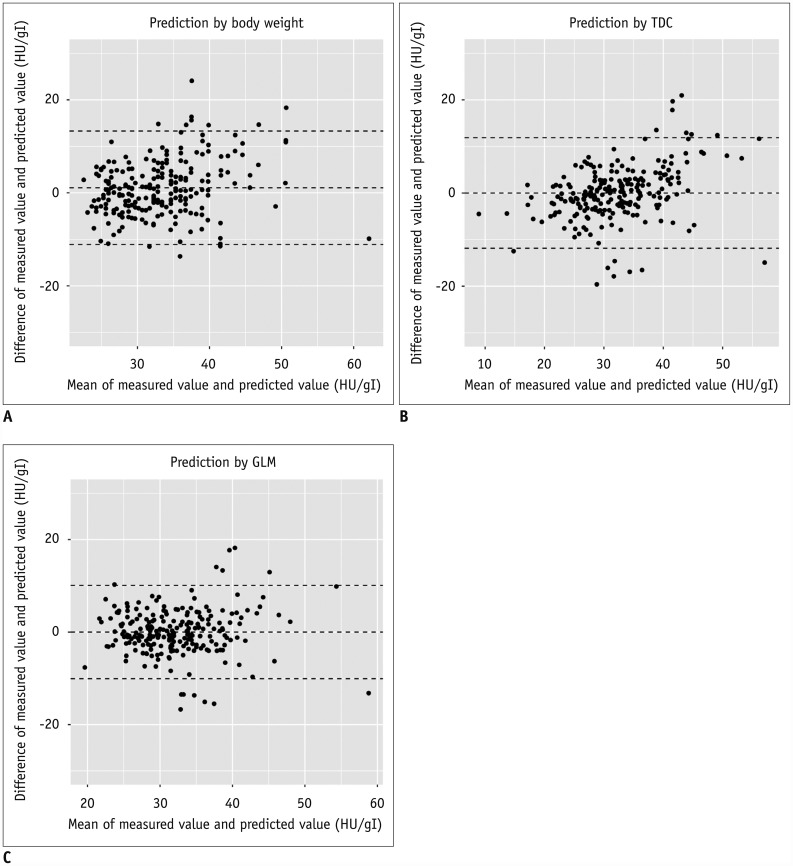




 PDF
PDF ePub
ePub Citation
Citation Print
Print




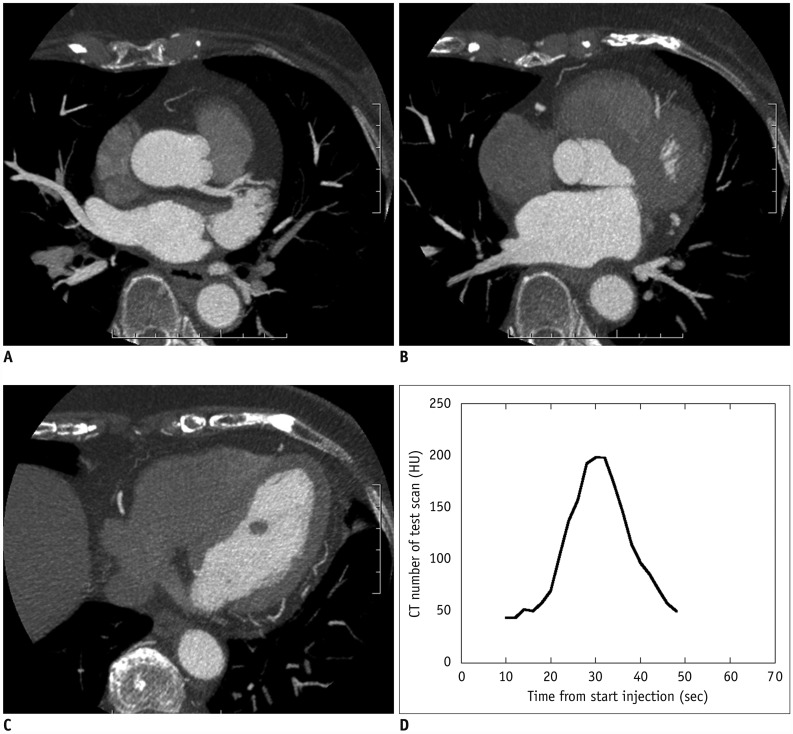
 XML Download
XML Download